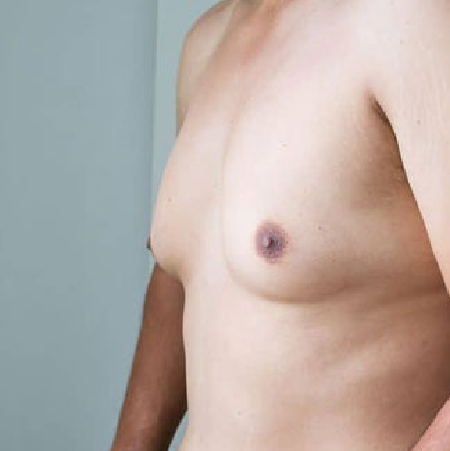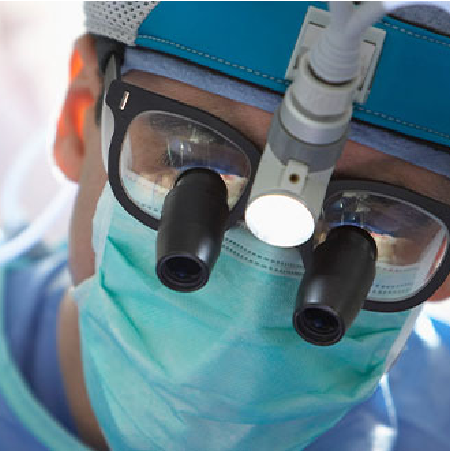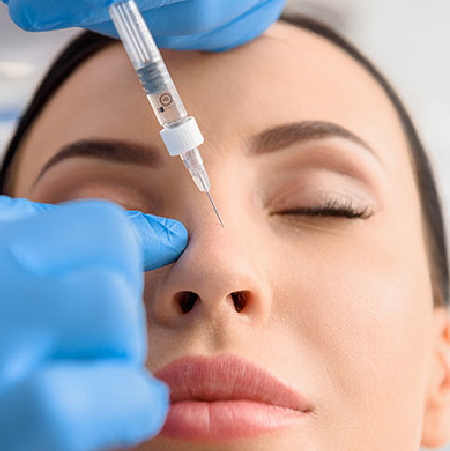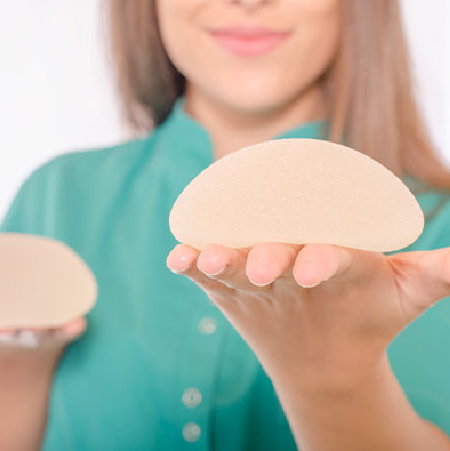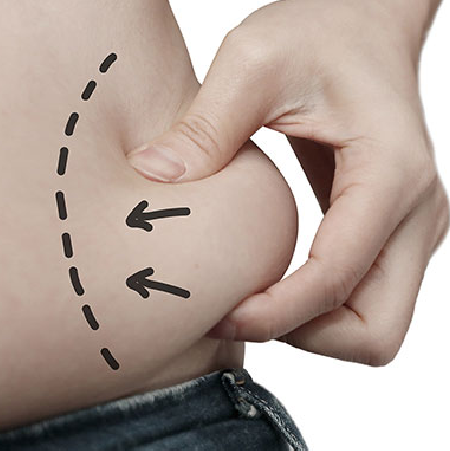How to sleep after gynecomastia surgery
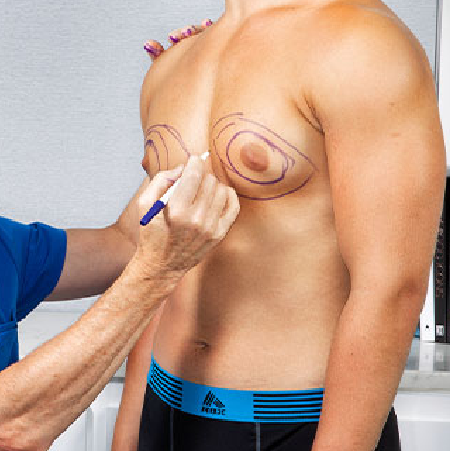
It can be hard to sleep after gynecomastia surgery, especially in the first few days after the process. Here are some tips to help you sleep well after gynecomastia surgery and speed up your recovery:
Raise Your Upper Body: Having your upper body raised while you sleep can help reduce swelling and pain. You can do this by propping yourself up with extra pillows or sitting in a chair that reclines for the first few nights.
If you lay on your back: It’s important not to put pressure on your chest, especially if you’ve had liposuction or tissue removed. Sleeping on your back is the best way to avoid putting too much stress on the surgical area .
Use pillows for support by placing one on each side of your body. This provides extra support and helps prevent you from rolling onto your side or stomach while you sleep.
Wear Compression Garments: Keep wearing the compression garment that your therapist told you to wear while you sleep. This will help reduce stiffness and support the area where the surgery was done.
Avoid Twisting and Turning: Be careful when moving around in bed and try to avoid sudden moves or twisting, which can put stress on wounds that are still healing.
Pain Relief: Take any pain medication as recommended before going to bed. This can help you feel better while you sleep.
Limit How Much Fluid You Drink Before Bed: Limiting how much fluid you drink before bed can help you get up less often during the night.
Make sure your sleeping space is comfortable: Make sure your bedroom is at a good temperature and has a relaxing atmosphere to help you sleep better.
Follow the post-surgery directions: Always do what your surgeon tells you to do after surgery. Don’t be afraid to ask your surgeon for advice if you have any worries or questions about your healing or how you should sleep.
Keep in mind that each person’s recovery is unique, and the information here is general. Your surgeon will provide specific post-surgery instructions based on your case, so following their advice is essential for a smooth recovery. As you heal, you’ll gradually be able to resume normal activities and sleep comfortably again. Stay patient, and give your body the time it needs for a full recovery.
Is Gynecomastia Surgery Painful ?
Gynecomastia surgery removes excess breast tissue in men, often through liposuction or tissue excision. As with any surgery, some pain or soreness is expected, but pain levels vary based on factors like the surgery type, individual pain tolerance, and gynecomastia severity. Here’s what to expect:
During the Operation
Gynecomastia surgery is typically performed with general anesthesia or local anesthesia and sedation. This ensures the patient feels no pain during the procedure.
After the Operation
As the anesthesia wears off, some post-surgery pain may occur, often described as a tightness or soreness in the chest.
Pain Relief
Most post-surgical pain can be managed with prescribed medications. Your surgeon will provide detailed instructions for managing any discomfort.
Recovery Phase
Pain is typically most noticeable during the first few days after surgery. However, as healing progresses, the pain should gradually subside.
Complications
Severe or prolonged pain could indicate complications, such as infection or swelling. If this occurs, it’s essential to inform your surgeon immediately.
If you want to have gynecomastia surgery in Iran you can contact us through WhatsApp.
In general, gynecomastia surgery is thought to be a safe process with a good plan for dealing with pain. For a smooth and comfortable recovery, it’s important to follow your surgeon’s post-op directions, including how to deal with pain. As always, don’t be afraid to talk to your doctor or surgeon if you have any worries about the process or how you’ll feel afterward.
Can you sleep on your side after gynecomastia surgery?
After gynecomastia surgery, it is usually not a good idea to sleep on your side right away.The surgical area needs time to heal and settle, and sleeping on your side can put pressure on the chest, hindering the healing process. This can cause problems, such as the treated spot moving or getting bigger.
Usually, you should sleep on your back with your upper body slightly raised for the first few weeks after surgery. This pose can help reduce swelling and pain, as well as relieve some of the pressure on the chest.
After the first few weeks of healing, your surgeon may let you know it’s okay to sleep on your side if that’s more comfortable for you. Always follow your surgeon’s post-surgery instructions, and if you have any questions, including about sleeping positions, don’t hesitate to ask .
Remember that everyone heals differently, and it’s important to pay attention to your body. If you have any pain or soreness while sleeping, you should change your position or talk to your surgeon.
What are the best sleeping positions after gynecomastia surgery?
After gynecomastia surgery, sleeping in the right position can help you heal faster and with less pain and risk of problems. After this treatment, here are the best ways to sleep:
Back-Sleeping with Elevation
After surgery, most patients are advised to sleep on their backs with their upper bodies slightly elevated for the first few weeks. You can achieve this by propping up your upper body with several pillows or by sitting in a recliner. This position helps reduce swelling and pain and prevents chest tightness, which could slow down healing.
Supported Side-Sleeping
Once your surgeon approves, typically after a few weeks, you may be able to sleep on your side. For extra support and comfort, place a body pillow or a few standard pillows along your back and in front of your stomach. This setup helps you maintain a stable position and prevents rolling onto your stomach.
Remember, everyone heals differently, and these guidelines may vary depending on your surgery details and your surgeon’s instructions. Always follow your surgeon’s post-surgery guidance, and don’t hesitate to ask about any aspect of your recovery, including the best sleeping position for you.
Read more: The best medical tourism in Iran
How long does it take for swelling to go down after gynecomastia surgery?
After gynecomastia surgery, swelling is a normal side effect and an important part of the body’s healing process. The time it takes for swelling to go down depends on individual healing rates, the type of surgery performed, and the severity of the gynecomastia.
Most of the time, major swelling goes down within the first few weeks after surgery. Small swelling or inflammation, on the other hand, could last for a few weeks or even a few months. Most people will notice a big difference in how much their swelling has gone down after 3 to 6 weeks.
Frequently, patients’ surgeons advise them to wear a compression garment for a few weeks following surgery to help with swelling and lessen it. This helps keep swelling down and gives the chest area a better shape. Also, patients should do what their surgeon tells them to do after surgery, which may include resting, doing less physical exercise, taking medications, and eating and living in a healthy way.
Remember that every patient’s healing is different, and so are the results. It’s important to keep in touch with your surgeon so he or she can check on your health and talk to you about any worries. If you have a lot of swelling or other signs that worry you, you should call your doctor right away.
FAQs
What is the best sleeping position immediately after gynecomastia surgery?
For the first few weeks after surgery, it’s usually best to sleep on your back with your upper body slightly raised. This pose puts less pressure on your chest, which can help reduce swelling and pain.
When can I start sleeping on my side after gynecomastia surgery?
Usually, you can sleep on your side again after a few weeks, when your surgeon gives you the all-clear. But it’s important to make sure that this doesn’t hurt and to use pillows to give yourself more support.
What should I do if I’m having trouble sleeping after gynecomastia surgery?
If you’re having trouble sleeping, you might find it helpful to change your position, use more pillows for support, or try a different place to sleep, like a reclined chair instead of a bed. If the pain doesn’t go away, you should talk to your therapist or doctor. They may tell you to change how you deal with pain or give you other ideas to help you sleep better.





